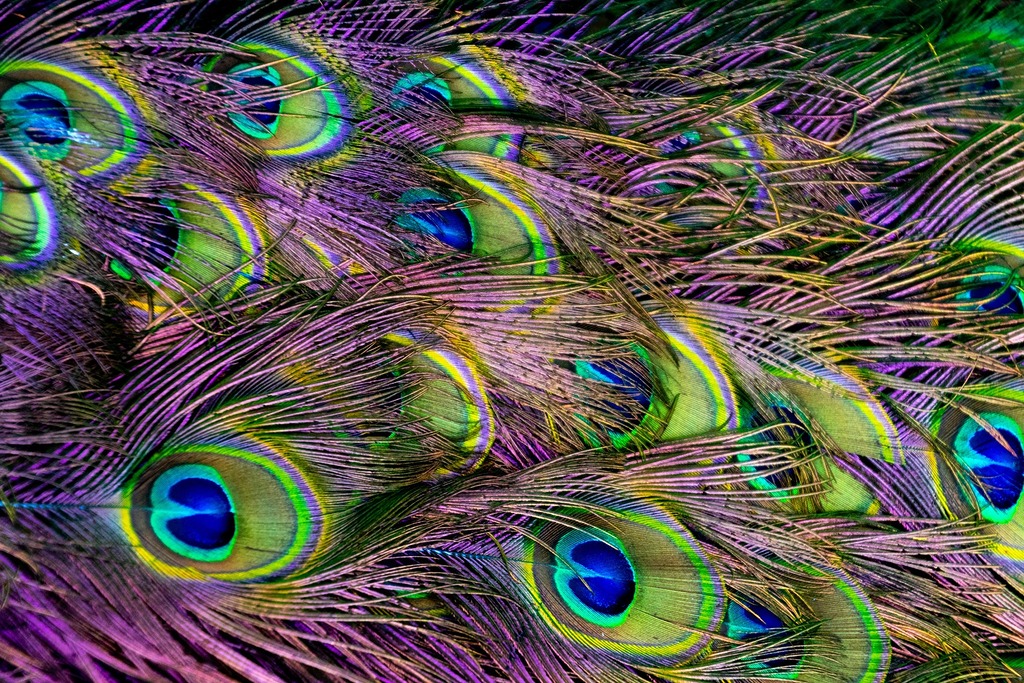Table of Contents
-
- Introduction
- How to Use Graphic Design to Increase Your Social Media Engagement
- Tips for Creating Engaging Infographics
- Strategies for Incorporating Visual Hierarchy into Your Designs
- How to Use Typography to Communicate Your Brand Message
- Tips for Creating Professional-Looking Logos
- How to Incorporate Branding into Your Graphic Design Projects
- How to Use Color Theory to Create Eye-Catching Graphic Designs
- Conclusion
“Graphic Design: Unlocking the Power of Visual Communication to Boost Your Business!”
Introduction
Graphic design is an important tool for businesses to use to create a strong visual identity and to communicate their message to their target audience. It can be used to create logos, advertisements, websites, and other materials that help to create a strong brand identity. In this article, we will discuss some tips for using graphic design to enhance your business. We will discuss how to create a strong visual identity, how to use graphic design to communicate your message, and how to use graphic design to create a memorable experience for your customers. We will also discuss how to use graphic design to create a unique and engaging experience for your customers. By following these tips, you can use graphic design to create a strong visual identity and to communicate your message effectively.
How to Use Graphic Design to Increase Social Media Engagement

Here are some tips on how to use graphic design to increase your social media engagement:
1. Create Eye-Catching Visuals: Visuals are the key to grabbing the attention of your followers. Use bold colors, interesting shapes, and unique fonts to create visuals that stand out from the crowd.
2. Use High-Quality Images: High-quality images are essential for creating visuals that will engage your followers. Make sure to use images that are clear and sharp, and that are relevant to your message.
3. Incorporate Your Brand: Incorporating your brand into your visuals is a great way to create a consistent look and feel across all of your social media platforms. Use your brand’s colors, fonts, and logo to create visuals that are instantly recognizable.
4. Tell a Story: Visuals are a great way to tell a story. Use visuals to create a narrative that will engage your followers and encourage them to interact with your content.
5. Experiment: Don’t be afraid to experiment with different visuals and see what works best for your audience. Try different colors, fonts, and images to find the combination that resonates with your followers.
By using graphic design to create eye-catching visuals, businesses can increase their social media engagement and reach their target audience. With a little creativity and experimentation, businesses can create visuals that will capture the attention of their followers and encourage them to interact with their content.
Tips for Creating Engaging Infographics

2. Use visuals to tell your story: Visuals are the most important part of an infographic. Use charts, graphs, and illustrations to make your points clear and engaging.
3. Keep it simple: Don’t overload your infographic with too much information. Stick to the key points and use visuals to explain them.
4. Use color to draw attention: Color can be used to draw attention to important points and make your infographic more visually appealing.
5. Make sure your data is accurate: Make sure all of the data you use is accurate and up-to-date.
6. Include a call to action: Include a call to action at the end of your infographic to encourage readers to take action.
7. Share your infographic: Once you’ve created your infographic, share it on social media and other platforms to get the most out of it.
Strategies for Incorporating Visual Hierarchy into Designs

1. Use Contrast: Contrasting elements can help to draw attention to the most important elements of your design. This can be done through the use of color, size, shape, and texture. For example, using a bold color for the most important elements of your design will help to draw the viewer’s eye to those elements.
2. Use Scale: Using different sizes for elements can help to create a sense of hierarchy in your design. Larger elements will draw more attention than smaller elements, so use larger elements for the most important elements of your design.
3. Use Proximity: Grouping related elements together can help to create a sense of hierarchy in your design. This will help viewers to quickly identify related elements and understand the structure of your design.
4. Use Directional Cues: Using directional cues such as arrows or lines can help to guide viewers through your design and draw attention to the most important elements.
By incorporating these strategies into your designs, you can create a more effective and engaging experience for viewers. Visual hierarchy is an important element of design that can help to communicate the most important information and guide viewers through your design.
How to Use Typography to Communicate Brand Message

When selecting a typeface, consider the message you want to convey. Different typefaces can evoke different emotions and feelings. For example, a bold and modern typeface can be used to convey a sense of confidence and strength, while a more traditional typeface can be used to evoke a sense of trustworthiness and reliability.
Colors are also important when it comes to typography. Different colors can evoke different emotions and feelings. For example, a bright and vibrant color can be used to convey energy and enthusiasm, while a more muted color can be used to convey a sense of calm and serenity.
Size is also important when it comes to typography. Different sizes can be used to create different levels of emphasis. For example, a larger size can be used to draw attention to a particular message, while a smaller size can be used to create a more subtle effect.
Finally, consider the overall layout of your typography. Different layouts can be used to create different visual effects. For example, a centered layout can be used to create a sense of balance and harmony, while an asymmetrical layout can be used to create a sense of movement and energy.
By carefully selecting the right typefaces, colors, sizes, and layouts, you can create a powerful and effective visual representation of your brand message. With the right typography, you can communicate your brand message in a way that is both memorable and effective.
Tips for Creating Professional-Looking Logos

2. Keep it simple: A logo should be easy to recognize and remember. Avoid using too many colors, shapes, or fonts. Stick to a few simple elements that will make your logo stand out.
3. Use the right colors: Colors can have a powerful impact on how people perceive your logo. Choose colors that reflect the values of your brand and that will look good on both digital and print materials.
4. Consider typography: The font you choose for your logo can make a big difference. Make sure the font is legible and reflects the personality of your brand.
5. Get feedback: Once you’ve created a few logo designs, get feedback from friends, family, and colleagues. This will help you refine your design and make sure it’s the best it can be.
Creating a professional-looking logo takes time and effort, but it’s worth it. By following these tips, you can create a logo that will help your brand stand out from the crowd.
How to Incorporate Branding into Graphic Design Projects

1. Start with your brand’s logo. Your logo is the cornerstone of your brand identity, so it should be the first element you incorporate into your graphic design projects. Make sure to use the correct colors, fonts, and other design elements to ensure that your logo is consistent with your brand’s overall look and feel.
2. Use consistent colors and fonts. Colors and fonts are powerful tools for conveying your brand’s message and creating a cohesive look and feel. Choose a few colors and fonts that represent your brand and use them consistently throughout your graphic design projects.
3. Incorporate your brand’s messaging. Your brand’s messaging should be reflected in your graphic design projects. Use your brand’s tagline, mission statement, or other messaging to create a consistent message that resonates with your target audience.
4. Create a unique style. Your graphic design projects should be unique and reflect your brand’s personality. Incorporate elements such as textures, patterns, and illustrations to create a unique style that is recognizable and memorable.
By following these tips, you can create graphic design projects that are consistent with your brand’s identity and help you stand out from the competition. Incorporating branding into your graphic design projects is an effective way to create a cohesive look and feel that will help your brand stand out.
How to Use Color Theory to Create Eye-Catching Graphic Designs

First, consider the color wheel. This is a great starting point for understanding how colors interact with each other. The color wheel is divided into three primary colors (red, blue, and yellow), three secondary colors (orange, green, and purple), and six tertiary colors (red-orange, yellow-orange, yellow-green, blue-green, blue-purple, and red-purple). Each color has its own unique properties and can be used to create different effects.
Second, think about the color scheme you want to use. There are several different types of color schemes, such as monochromatic, analogous, complementary, and triadic. Monochromatic schemes use one color in different shades and tints. Analogous schemes use colors that are next to each other on the color wheel. Complementary schemes use colors that are opposite each other on the color wheel. Triadic schemes use three colors that are evenly spaced around the color wheel.
Third, consider the mood you want to create. Different colors evoke different emotions, so it’s important to choose colors that will create the desired mood. For example, warm colors like red, orange, and yellow can create a feeling of energy and excitement, while cool colors like blue, green, and purple can create a feeling of calm and relaxation.
Finally, use contrast to make your design stand out. Contrasting colors can help draw the eye to certain elements of your design and make them stand out. For example, you can use a bright color against a dark background to make the bright color pop.
By following these tips, you can use color theory to create eye-catching graphic designs that will capture the attention of your audience. With a little practice and experimentation, you can create stunning visuals that will make your designs stand out from the crowd.
Conclusion
Graphic design is an essential tool for businesses of all sizes. It can help to create a strong visual identity, attract customers, and communicate your message effectively. By following the tips outlined in this article, you can use graphic design to enhance your business and create a successful brand. With the right strategy and creative approach, you can create a powerful visual presence that will help your business stand out from the competition.
Enhance your business with graphic design! Take advantage of the power of visuals to make your business stand out. Learn how to use graphic design to your advantage by watching our tutorials on YouTube. Click here to get started!





No Comments